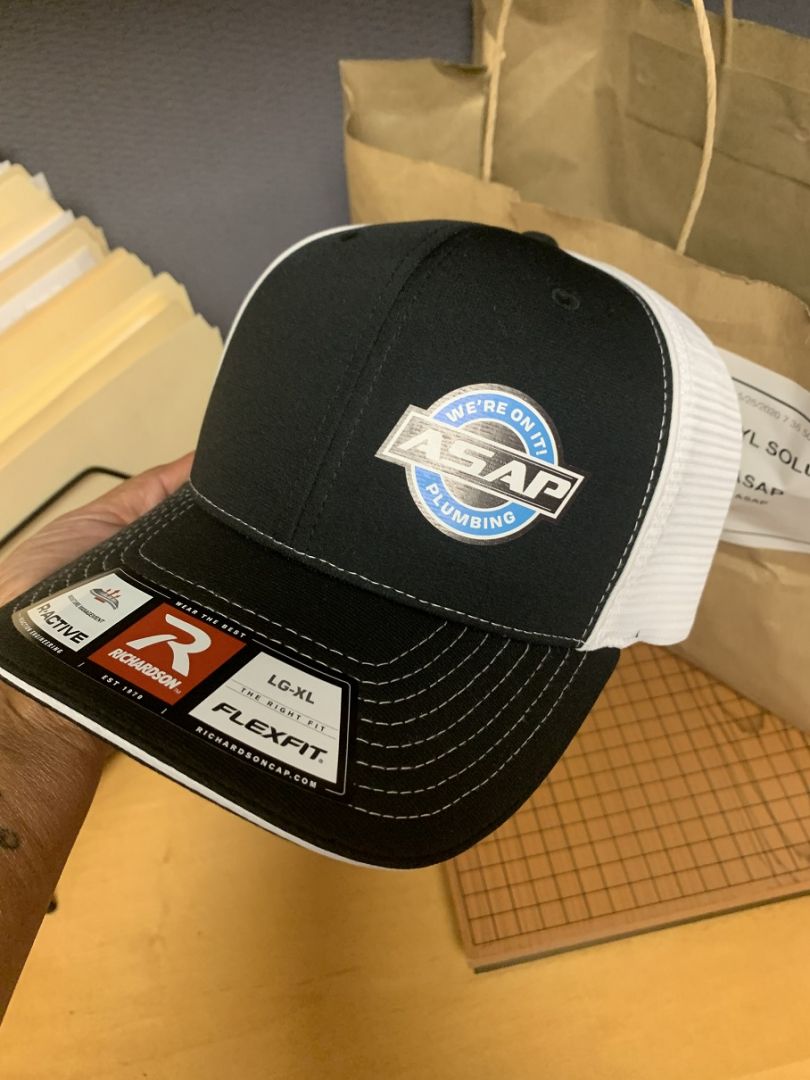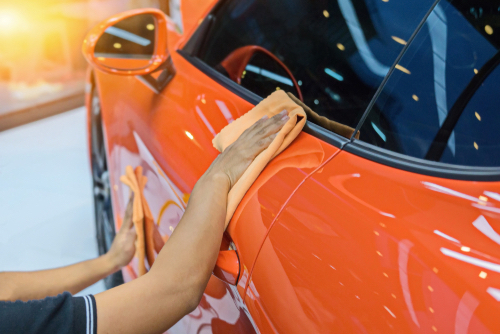Investing in ceramic coatings for your vehicle or other surfaces can be a game-changer regarding protection and aesthetics. However, navigating the market for it can be overwhelming due to the many options available.
Key factors that influence the quality and effectiveness of ceramic coatings.
To make an informed decision, it’s essential to understand key factors that influence the quality and effectiveness of ceramic coatings.
1. Composition and Ingredients
Not all ceramic coatings are created equal. The composition and ingredients are crucial in determining the coating’s durability and performance. Silicon dioxide (SiO2) is a primary component in most high-quality ceramic coatings, providing hardness and water repellency. Look for coatings with a high SiO2 concentration for better protection.
2. Durability
One of the primary reasons for choosing ceramic coatings is their durability. Consider coatings that protect against environmental contaminants, UV rays, chemicals, and minor scratches. Higher-quality coatings usually come with warranties, indicating their durability and reliability.
3. Application Process
The application process varies, from user-friendly DIY kits to professional application services. DIY kits are cost-effective but might require expertise and careful application. Professional services ensure a flawless application but come at a higher cost. Choose a coating that aligns with your comfort level and budget.
4. Curing Time
Curing time refers to the duration the coating takes to bond completely with the surface. Some coatings cure within hours, while others might require days. Understand the curing time as it affects when exposing the coated surface to water or other elements.
5. Ease of Maintenance
Consider coatings that offer easy maintenance. A self-cleaning effect repelling dirt and grime can significantly reduce the effort needed to keep your surfaces clean. Coatings that allow for simple washing without special cleaners or techniques are more convenient.
6. Gloss and Appearance
They often enhance the gloss and appearance of surfaces. However, the level of enhancement can vary. Some coatings provide a deep, glossy finish, while others offer a more natural look. Choose according to your preference and the desired aesthetic for your surface.
7. Compatibility and Versatility
Not all ceramic coatings are suitable for all surfaces. Some coatings work better on specific materials like paint, glass, or metal. Ensure the coating you choose is compatible with the surface you intend to protect. Additionally, versatile coatings that work on various surfaces offer more value for money.
8. Cost
The price of ceramic coatings can vary significantly based on brand, quality, and quantity. While higher prices don’t always guarantee the best quality, highly cheap options might compromise durability and effectiveness. Consider the cost of the features and benefits offered by the coating.
9. User Reviews and Reputation
Before purchasing a ceramic coating, delve into user reviews and the brand’s reputation. Genuine feedback from users who have used the product can provide valuable insights into its performance and durability. Trusted brands with positive reputations often deliver higher-quality coatings.
10. Aftercare and Additional Products
Some coatings might require specific aftercare products or maintenance routines to prolong their effectiveness. Factor in additional costs or efforts needed for aftercare when choosing a coating.
Different Types of Ceramic Coatings in the Market
Ceramic coatings have revolutionized the world of surface protection, offering an unparalleled shield against environmental elements while enhancing aesthetic appeal.
As the demand for these coatings continues to soar, the market has responded with diverse options, each catering to specific needs and preferences. Let’s uncover ceramic coatings and explore the types available, unraveling the unique features and benefits that make each variant distinct.
1. SiO2-Based Ceramic Coatings:
Silicon dioxide, or SiO2, is a fundamental component of many ceramic coatings. SiO2-based coatings form a durable, hydrophobic layer that repels water, contaminants, and UV rays. These coatings are known for their glossy finish and longevity, providing robust protection against oxidation, bird droppings, and environmental fallout.
2. Graphene Ceramic Coatings:
Harnessing the power of graphene, these coatings take durability to the next level. Graphene ceramic coatings are characterized by their exceptional strength, heat resistance, and conductivity. They offer enhanced protection against scratches, UV rays, and chemical contaminants, making them a preferred choice for those seeking long-lasting defense.
3. Titanium Dioxide (TiO2) Infused Coatings:
Titanium dioxide is often incorporated into ceramic coatings for its photocatalytic properties. TiO2 helps break down and neutralize contaminants when exposed to sunlight. Coatings with TiO2 provide self-cleaning capabilities, reducing the need for frequent maintenance and ensuring a consistently clean and polished surface.
4. Hybrid Ceramic Coatings:
Combining the best of both worlds, hybrid ceramic coatings often blend SiO2 with other polymers or ingredients to enhance specific characteristics. These coatings balance durability, water repellency, and ease of application. They are well-suited for both professionals and DIY enthusiasts looking for versatile solutions.
5. Professional-Grade Ceramic Coatings:
Designed for automotive enthusiasts and professionals, these coatings often boast higher concentrations of active ingredients. They provide an extra layer of protection against harsh conditions, making them ideal for high-performance vehicles and surfaces exposed to extreme elements.
6. Water-Based Ceramic Coatings:
As environmental consciousness grows, water-based ceramic coatings have gained popularity. These coatings are formulated with water as the primary solvent, reducing volatile organic compounds (VOCs) use. They offer adequate protection while being more eco-friendly during application.
7. Nano Ceramic Coatings:
Nano-sized particles characterize these coatings, allowing for deeper penetration and adhesion to surfaces. Nano ceramic coatings create a thin yet powerful protective layer that enhances gloss, repels water, and provides excellent durability.
In conclusion, the diverse landscape of ceramic coatings offers a solution for every need and preference. Whether you prioritize longevity, environmental considerations, or specific performance characteristics, understanding the variety of options empowers you to choose the perfect ceramic coating to elevate and safeguard your surfaces.
Environmental Impact and Sustainability
As we strive to make choices that align with environmental consciousness, even seemingly small decisions, such as selecting a surface coating, carry significance. Ceramic coatings, known for their protective prowess, have garnered attention in various industries.
However, it’s imperative to delve into the environmental impact and sustainability considerations associated with these coatings. Let’s explore how ceramic coatings can be part of a greener, more sustainable future.
1. Chemical Composition and Eco-Friendly Formulas:
The first step in understanding the environmental impact of ceramic coatings lies in dissecting their chemical composition. Sustainable ceramic coatings often prioritize eco-friendly formulations, removing harmful substances such as volatile organic compounds (VOCs) and hazardous solvents. Opting for coatings labeled as low or zero VOC ensures that the application process doesn’t contribute to air pollution.
2. Water-Based Ceramic Coatings:
Water-based ceramic coatings represent a sustainable alternative that aligns with environmental conservation. Formulated with water as the primary solvent, these coatings minimize the use of harmful chemicals and reduce the emission of volatile substances. They offer adequate protection while being more eco-friendly during the application process.
3. Longevity and Reduced Waste:
One of the most sustainable aspects of ceramic coatings lies in their longevity. High-quality ceramic coatings provide durable protection, reducing the frequency of reapplications. This extended lifespan translates to fewer resources used in the manufacturing and application processes, contributing to a reduction in overall environmental impact.
4. Biodegradability and Environmental Breakdown:
Sustainable ceramic coatings often incorporate biodegradable components, ensuring that, over time, the coating breaks down naturally without harming the environment. Choosing coatings with eco-friendly additives and components contributes to reducing persistent pollutants in ecosystems.
5. Energy-Efficient Manufacturing Processes:
The sustainability of ceramic coatings is also influenced by the energy efficiency of their manufacturing processes. During production, companies prioritizing sustainable energy sources, such as solar or wind power, contribute to a cleaner energy landscape and a reduced carbon footprint.
6. Waste Reduction in Packaging:
Sustainable practices extend beyond the coating itself to include packaging. Companies that embrace eco-friendly packaging solutions, such as minimalistic and recyclable materials, play a crucial role in reducing waste and minimizing the environmental impact of their products.
7. Responsible Disposal and Recycling Initiatives:
As with any product, considering the end-of-life phase is vital. Sustainable ceramic coatings are designed for easy disassembly and recycling. Companies that actively engage in take-back programs or partner with recycling initiatives contribute to creating a circular economy, reducing the environmental burden of waste.
8. Transparent Environmental Commitments:
A company’s dedication to sustainability is crucial to its transparency and commitment to environmental stewardship. Businesses that openly communicate their eco-friendly practices, engage in carbon offset programs, or support ecological initiatives showcase a genuine commitment to making a positive impact.
Conclusion
In conclusion, buying ceramic coatings involves considering factors such as composition, durability, application process, maintenance, appearance, compatibility, cost, and user reviews. Understanding these aspects empowers you to make an informed decision, ensuring the best surface protection and enhancement. Always prioritize quality and compatibility to get the most out of your ceramic coating investment.



